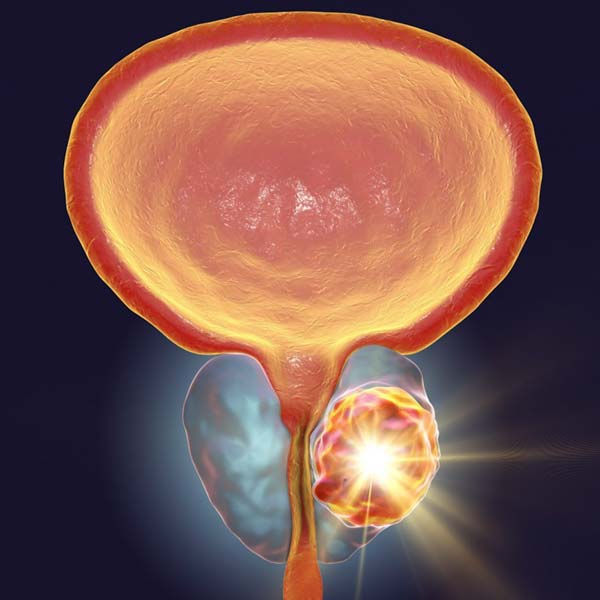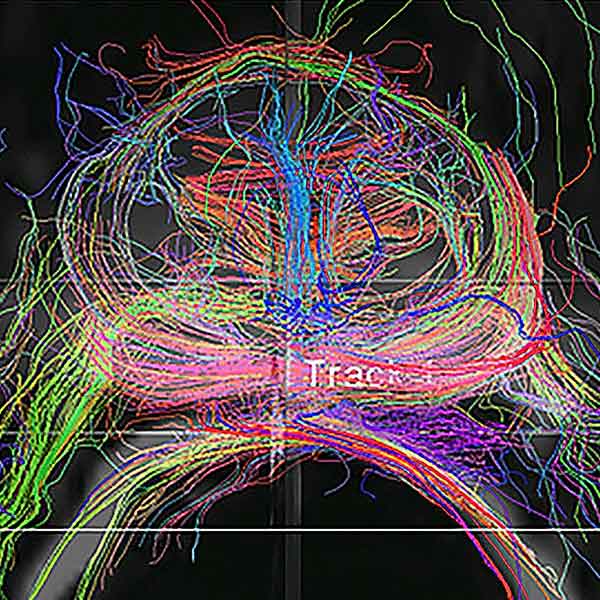
Focal Therapy
With focal therapy the treatment of prostate cancer is focussed only on the cancer region within the prostate. Thereby the aim is to spare healthy prostate tissue and surrounding nerves in order to preserve urinary continence and erectile function while still treating the cancerous region.
This new treatment paradigm was developed as a response to complications seen after whole-gland treatment (treating the entire prostate) like surgery or radiotherapy. In order to be a candidate for a focal treatment, prostate cancer needs to be confined to one localized region within the prostate and be of intermediate aggressiveness.
Active Surveillance
There is a substantial number of men with prostate cancer that will never end up dying from the disease. This is the results of marked differences in the aggressiveness of the disease, with some cancers showing progression whilst others “lower risk” cancers hardly change over time.
This observation led to the development of active surveillance, in which we keep a close eye on patients with lower risk prostate cancer but only treat those patients that show progression to more higher risk prostate cancer. The main challenge is to detect those patients that show progression, and all our research in active surveillance is focussed on this.


Imaging
Prostate cancer treatments have been revolutionised byy improvements made in several imaging modalities. The Prostate Cancer Research Center performed multiple prospective studies and has led in the establishment of both multiparametric Magnetic Resonance Imaging (MRI) and Prostate-Specific Membrane Antigen (PSMA) PET CT scan imaging.
These imaging modalities are able to locate and diagnose prostate cancer with great accuracy, thus reducing the need for biopsies and detect or rule out the presence of metastatic disease.
Robotic Surgery
Keyhole robotic surgical removal of the prostate (robot-assisted laparoscopic prostatectomy / RALP) is nowadays widely performed all over the world. Robotic surgical systems are basically comprised of a remote surgical console connected to the actual operating robot with its specialised arms and attachments. An assisting surgeon and/or nurse practitioner attend the patient and will interact with the operating robot as required.
RALP performed with a robot offers surgeons distinct advantages. The vision received at the console display is high resolution and magnified. Coupled with the inherent precision and greater range of motion than open surgery, robotic surgery is considered a great inprovement in most cases.


Radiotherapy
Radiotherapy uses a radiation dose to treat prostate cancer. This can either be delivered from outside the body (external beam radiation therapy) or within the prostate (brachytherapy).
The Prostate Cancer Research Center contributed to the development of low-dose rate (LDR) and high-dose (HDR) brachytherapy. LDR treatment involves placing radio-active seeds in the prostate, whereas HDR involves temporarily placing tubes in the prostate through which a radio-active agent can be passed in.
Latest Publications
- Olivier, J., Li, W., Nieboer, D., Helleman, J., Roobol, M., Gnanapragasam, V., … Villers, A. (2022). Prostate Cancer Patients Under Active Surveillance with a Suspicious Magnetic Resonance Imaging Finding Are at Increased Risk of Needing Treatment: Results of the Movember Foundation’s Global Action Plan Prostate Cancer Active Surveillance (GAP3) Consort. European Urology Open Science, 35, 59–67. https://doi.org/10.1016/j.euros.2021.11.006
- Gondoputro, W., Scheltema, M. J., Blazevski, A., Doan, P., Thompson, J. E., Amin, A., … Stricker, P. D. (2022). Robot-assisted prostate-specific membrane antigen-radioguided surgery in primary diagnosed prostate cancer. Journal of Nuclear Medicine : Official Publication, Society of Nuclear Medicine . https://doi.org/10.2967/jnumed.121.263743
- Gondoputro, W., Thompson, J., Evans, M., Bolton, D., Frydenberg, M., Murphy, D. G., … Papa, N. (2022). How Does Age Affect Urinary Continence following Robot-Assisted Radical Prostatectomy? A Prospective Multi-Institutional Study Using Independently Collected, Validated Questionnaires. The Journal of Urology , 101097JU0000000000002391. https://doi.org/10.1097/JU.0000000000002391
- Olivier, J., Li, W., Nieboer, D., Helleman, J., Roobol, M., Gnanapragasam, V., … Villers, A. (2022). Prostate Cancer Patients Under Active Surveillance with a Suspicious Magnetic Resonance Imaging Finding Are at Increased Risk of Needing Treatment: Results of the Movember Foundation’s Global Action Plan Prostate Cancer Active Surveillance (GAP3) Consort. European Urology Open Science , 35 , 59–67. https://doi.org/10.1016/j.euros.2021.11.006
- Emmett, L., Buteau, J., Papa, N., Moon, D., Thompson, J., Roberts, M. J., … Stricker, P. (2021). The Additive Diagnostic Value of Prostate-specific Membrane Antigen Positron Emission Tomography Computed Tomography to Multiparametric Magnetic Resonance Imaging Triage in the Diagnosis of Prostate Cancer (PRIMARY): A Prospective Multicentre Study. European Urology , 80 (6), 682–689. https://doi.org/10.1016/j.eururo.2021.08.002